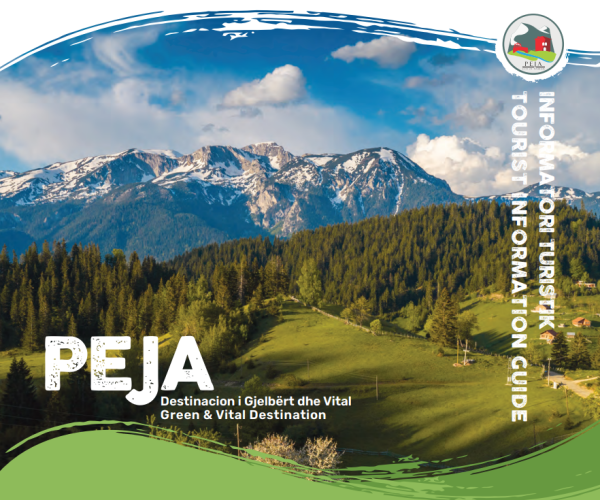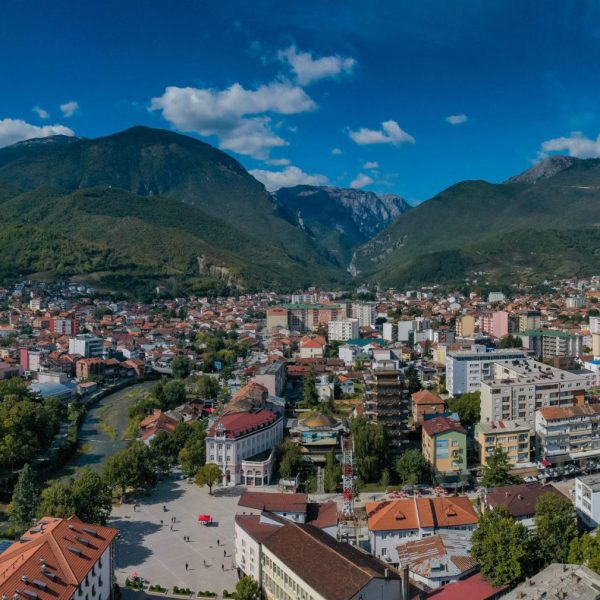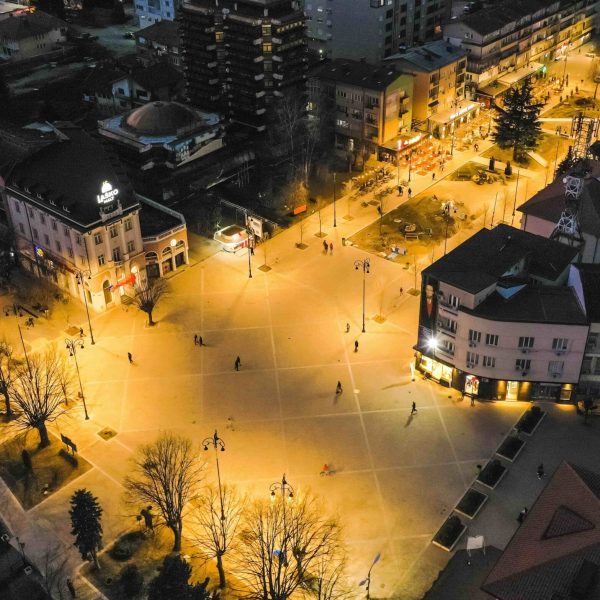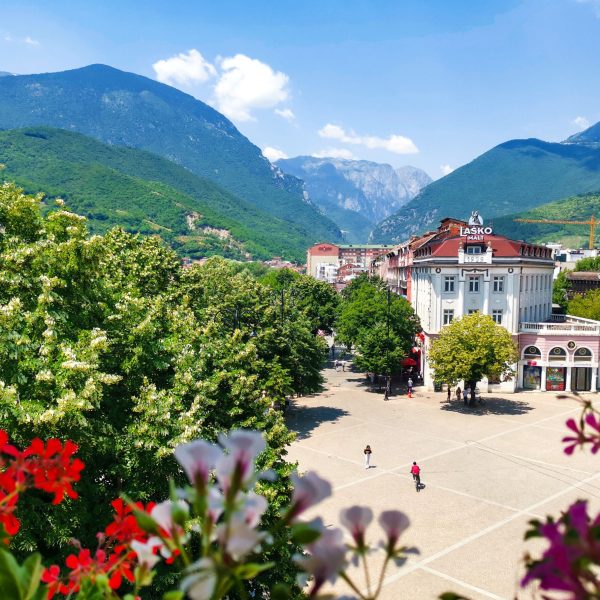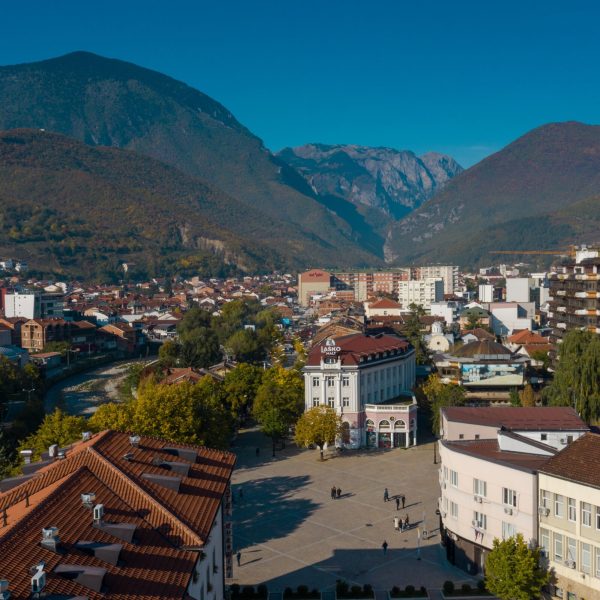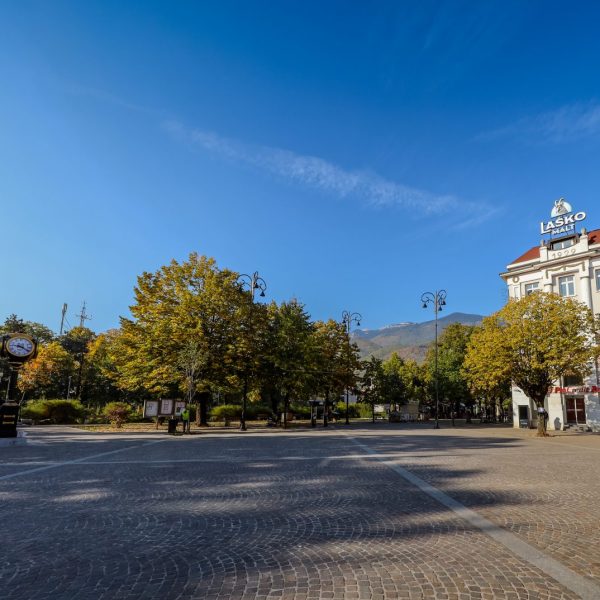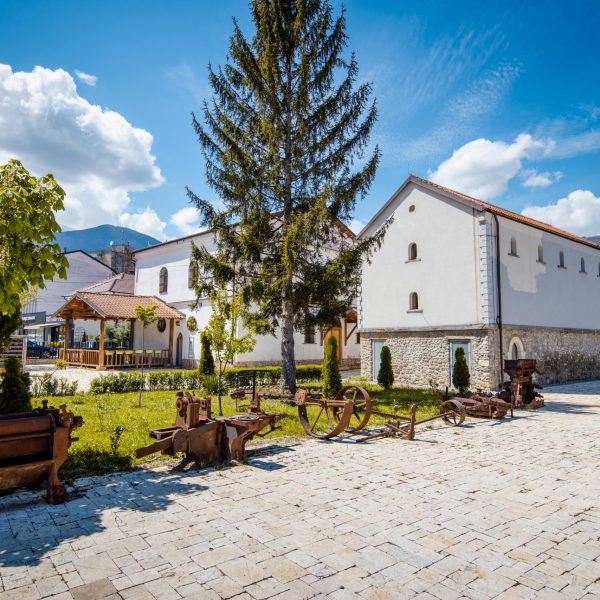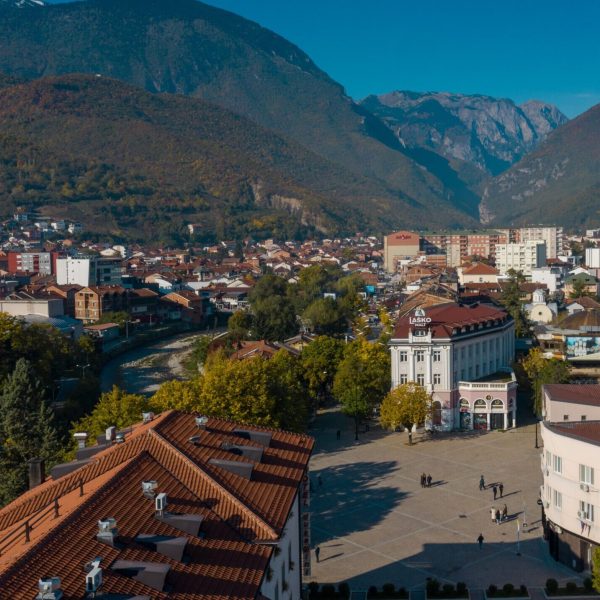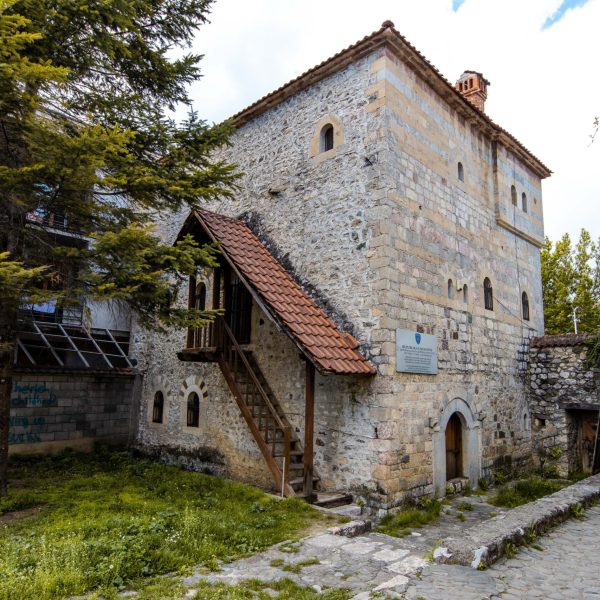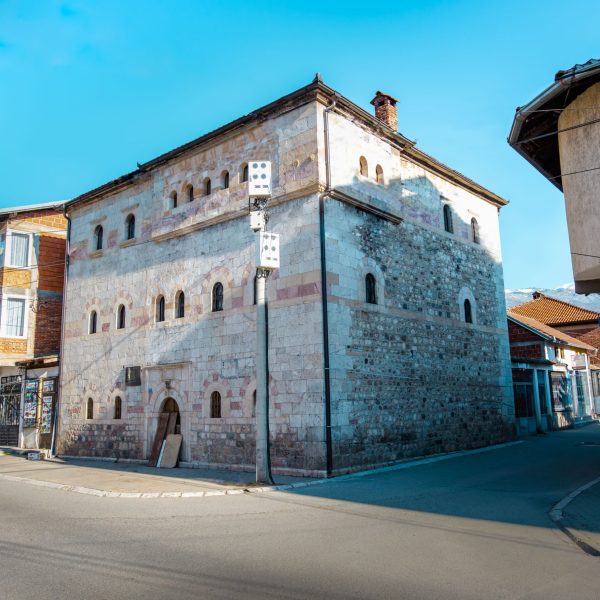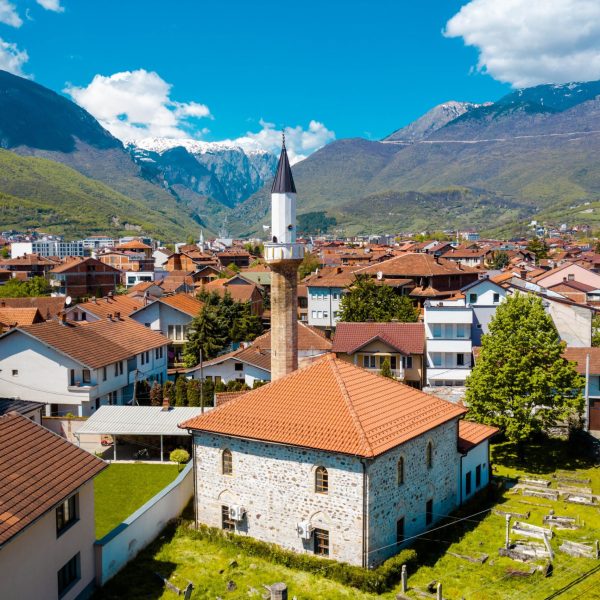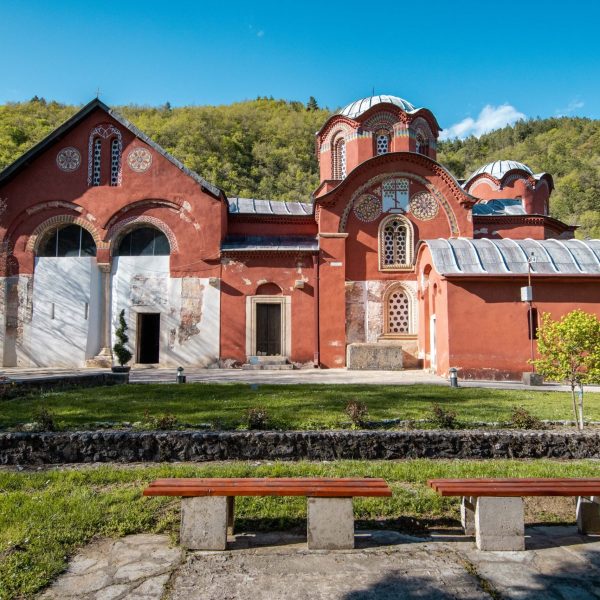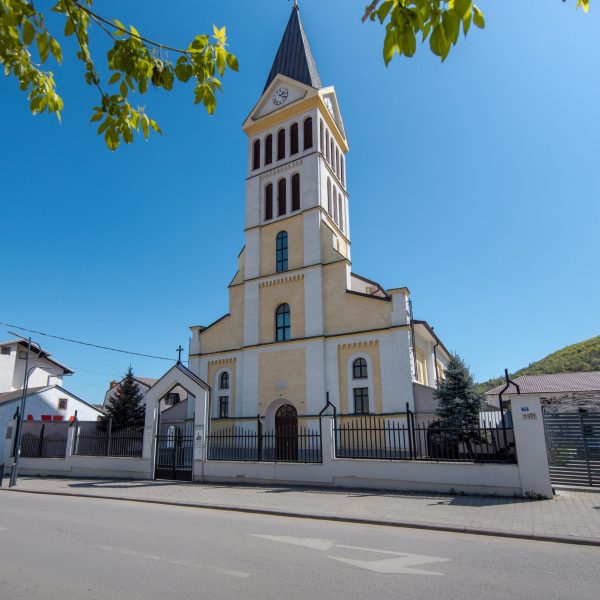The city of Peja
Peja – known also as “The Flower of Dukagjin” or “The City of Haxhi Zeka“, ranks among the big cities in Kosovo, but compared to the cities of Europe it is relatively small but very lovely city and with easy movement for all ages. It is unique city because of the panorama view given by the crown of the mountain ranges of Peja while the River Lumbardhi that passes through the city brings the fresh air from the Rugova Gorge where residents spend their free time walking on the riverside promenade.
Peja lies in the west side of Kosovo and is the gateway to the national park Bjeshket e Nemuna (Eng. Accursed Mountains). Otherwise, it is also known as the “Green and Vital Destination”, since 75% of the territory is covered with green areas. The entire territory of the municipality is 603 km2, while only the city has 20 km2. It is bordered by Montenegro on the state borders, while on the municipal borders with Deçan, Istog and Klina municipalities. The community of the city of Peja is very active and full of youth, while sports and recreation is a special value of this city. Peja is the city of 3 Olympic medals, namely in the sport of Judo, while in the field of art it offers big names who have left their trace in Kosovo and in the world.
The municipality of Peja has a population of almost 100,000 inhabitants, while 50,000 inhabitants lives in the city. Cultural diversity made this city very unique, and the interethnic tolerance of the population makes this destination to be even more attractive for visitors, as it combines different cultures and traditions.
Peja is now a very attractive destination for visitors. Its geographical position, natural and cultural wealth, fertile lands and rural development, the active life of the community, sports as well as the traditions and artistic culture of the community make Peja to be unique in the region and to be visited by tourists all year round.
The history shows that Peja has a very early development. Archaeological facts show that the early ancient settlement was located in the part of the Peja plain known as “Gradina”. Archaeological finds show that this ancient settlement was created on the foundations of an earlier Dardanian locality. Peja, which in ancient times was known as Siparantum of Dardania, during the middle Ages and other centuries we also encounter names such as Pentza, Peka, Pech and Forno.
So all this shows that Peja was a very well organized settlement and here an organized life developed at a higher economic and social level. Peja also has a history of development in different periods and almost every period has left its traces where visitors can experience all the history, cultures and traditions as if they were in different times. In history, Peja is also known among the cities that have played an important role at the national level. This city is also known as the city of Haxhi Zeka, who was a patriot and activist of the Albanian national issue. Haxhi Zeka is known as the founder of the League of Peja after the dissolution of the League of Prizren. Seeing this movement as quite dangerous, the occupier eliminated it by executing it in 1902. You can find all this history presented on the cultural tourist trail in the city of Peja in different ways as historical objects, presentations in the museum of Peja, in the daily life of citizens or even through photographs. Download the cultural trail in Peja.

